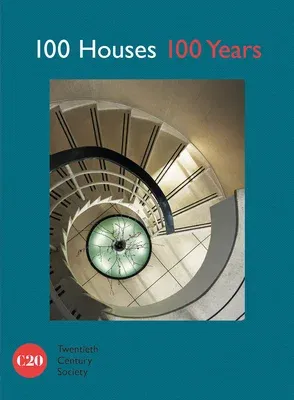A fascinating insight into Britain's built heritage and the diverse
housing styles of the twentieth and twenty-first century. This book
showcases 100 houses - one from each year from 1914 - that represent the
range of architectural styles throughout the years and show how housing
has adapted to suit urban life. Each house is accompanied by stunning
photography and texts written by leading architectural critics and
design historians, including Gavin Stamp, Elain Harwood, Barnabas
Calder, Ellis Woodman and Gillian Darley.
From specially commissioned architect-designed houses for individuals
and for families to housing built for increased workforces, each of the
100 houses brings a different design style or historical story. There
are houses built as part of garden cities, semi-detached suburban
houses, housing estates, eco-houses, almshouses, converted factories and
affordable post-war homes. The architectural styles encompass mock
Tudor, modernist, Arts & Crafts and brutalist and the featured
architects include Giles Gilbert Scott, Walter Gropius, Edwin Lutyens,
Powell and Moya and David Chipperfield.
The book also contains essays that explore the social and political
aspects of housing design in Britain over the last 100 years, looking at
the impact the World Wars had on housing, exploring domestic technology
and building materials and asking how the modern house came about.
Whether exploring Grayson Perry's folly-like House for Essex, Patrick
Gwynne's modernist glass villa in Surrey, Sarah Wigglesworth's Straw
Bale House or Simon Conder's black rubber-clad fisherman's hut in
Dungeness, this book gives a glimpse into the wonderful housing in
Britain and is a must-have for all fans of design history and
architecture.

